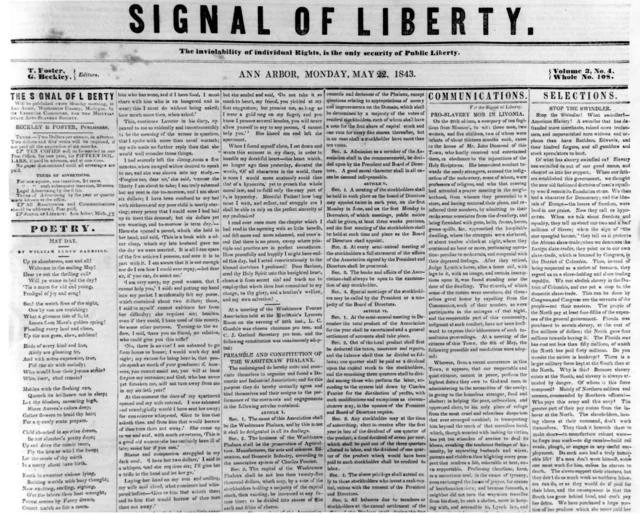
Recognizing the Importance of Early Ann Arbor History Along the Riverfront
Ann Arbor’s Native American history and role in the Underground Railroad deserve recognition for their lasting impact on the city as we know it today.
Native American History in Ann Arbor
Before John Allen and Elisha Rumsey founded Ann Arbor in 1824, Chippewa, Ottawa, Potawatomi, and Wyandot tribes inhabited the land the city now sits on. The Potawatomi and Wyandot built villages along the Huron River, which served as a major trade route and connector to other parts of the region.
The Potawatomi named the river Cosscutenongsebee meaning “burnt river district.”
Natives took care of the surrounding land through lighting controlled burns to clear dead brush and create better farming and hunting grounds.
This created the famous arbors of towering oak, maple, elm, ash, beech, and walnut trees surrounding the meadows.
This 1931 map shows Native American trails in and around AA. Native villages are designated by triangles, mounds by dots, and burial grounds by crosses inside circles.
Ann Arbor and the Underground Railroad
The Underground Railroad helped as many as 100,000 slaves escape to freedom between 1810 and 1850. Two “lines” of the Underground Railroad ran through Ann Arbor en route to Detroit and freedom in Canada.
In 1837, the Michigan State Anti-Slavery Society was formed on the corner of Huron and South Division in Ann Arbor. Abolitionist Guy Beckley founded “The Signal of Liberty” from his office on Broadway, which became a national paper that frequently published accounts from fugitive slaves. A 1841 Signal of Liberty article spoke of how Ann Arbor abolitionists helped six fugitive slaves escape to Canada. On average, 50 escaped slaves passed through Ann Arbor per year on their way to Canada.
An issue of Signal of Liberty, courtesy of Ann Arbor’s Bentley Library



